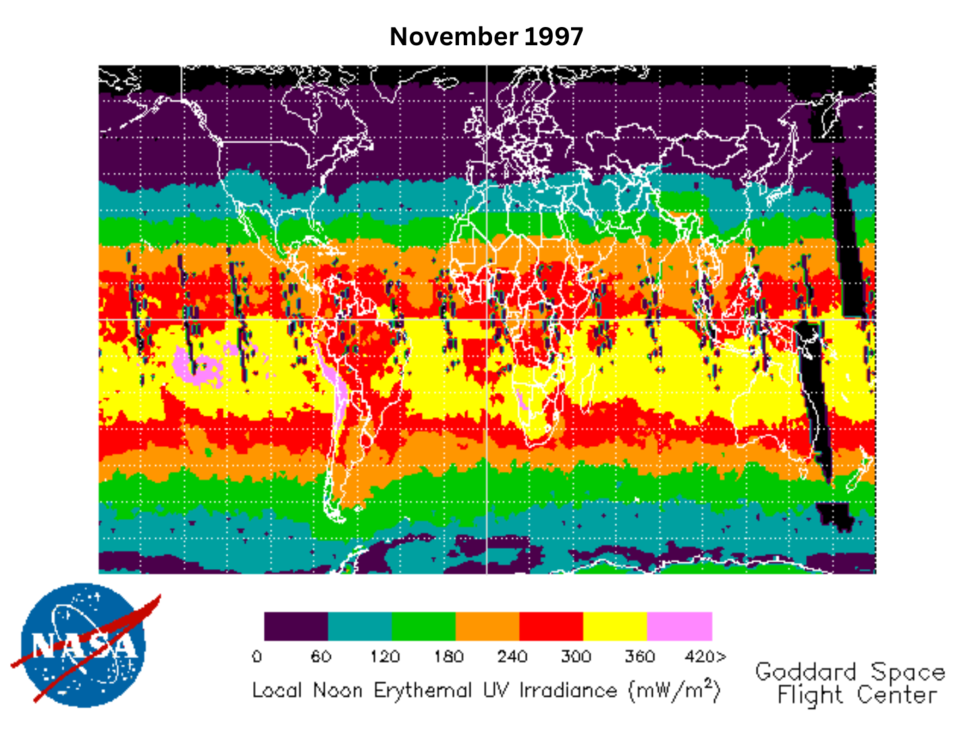Cancers of the skin (e.g. melanoma, basal cell carcinoma, and squamous cell carcinoma) are the most common cancers in the United States, constituting over one million diagnosed cases every year. The primary risk factor is exposure to ultraviolet radiation (UVR).
Investigators in teh Radiation Epidemiology Branch (REB) are using data from the U.S. Radiologic Technologists Study, the only nationwide U.S. cohort with lifetime residential history and questionnaire-derived estimates of time spent outdoors, to further understand the relationship between UVR exposure and risk of skin cancer. By linking historical NASA satellite estimates of ambient UVR to geocoded locations of residence over a participant's lifetime, investigators have developed a rich resource for studying the effects of UVR on skin cancers and the potentially protective effects of UVR for other cancer sites.
Previous research has included the assessment of photosensitizing drugs, ambient temperature, and methodological studies of personal UVR and vitamin D exposure assessment. REB investigators have also examined the association of UVR with cancer incidence and mortality in the NIH-AARP Diet and Health Study, as well as UVR and non-Hodgkin lymphoma subtypes across race/ethnicities in SEER.
For more information, contact Elizabeth Cahoon.
